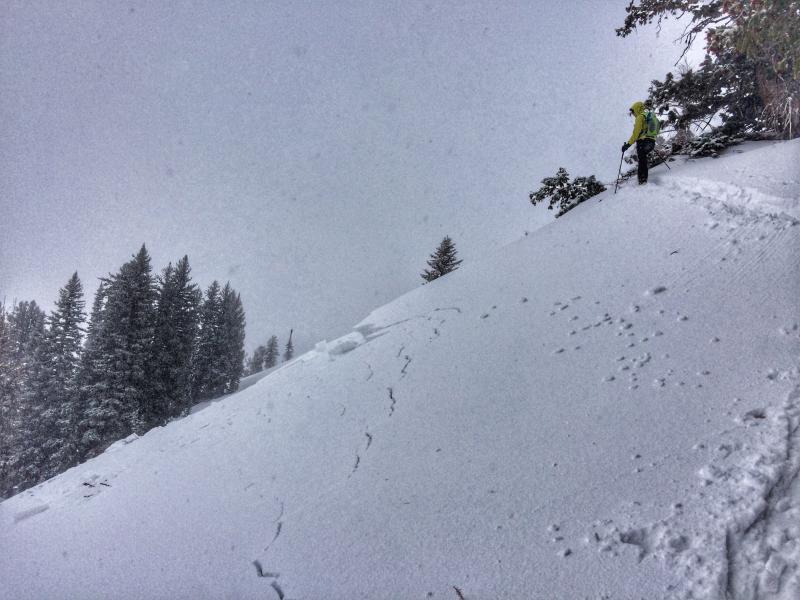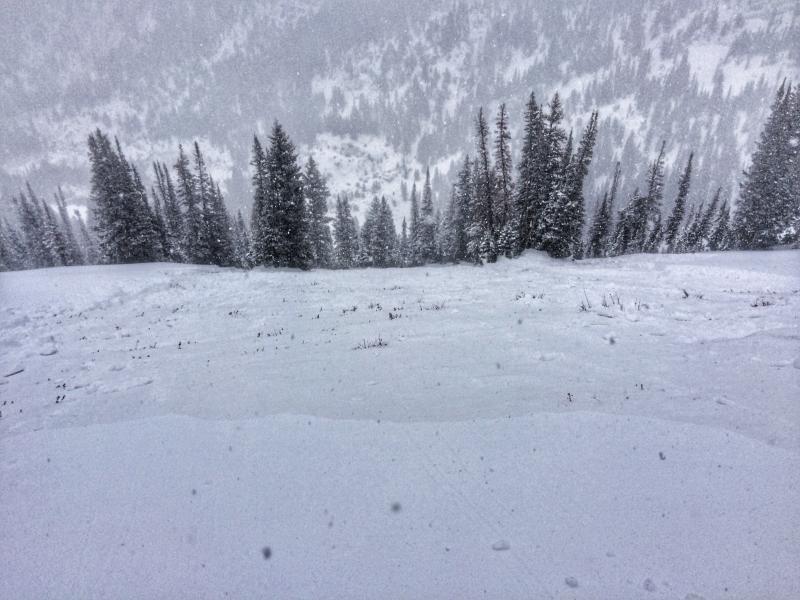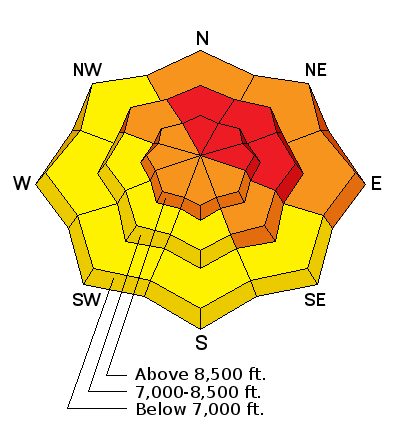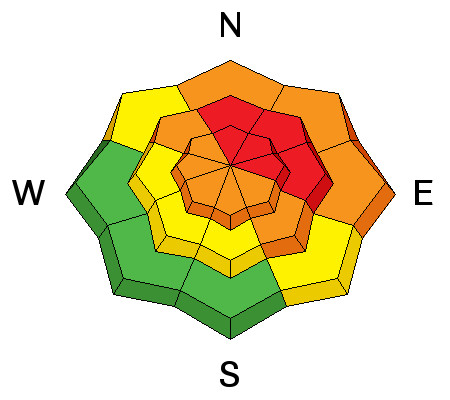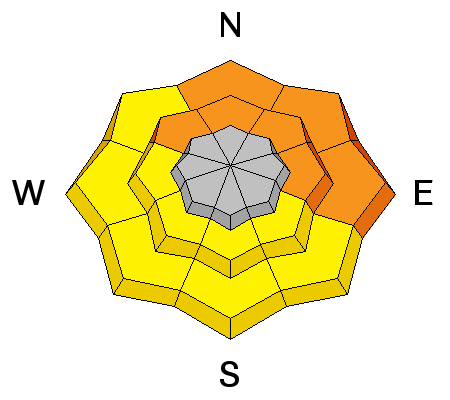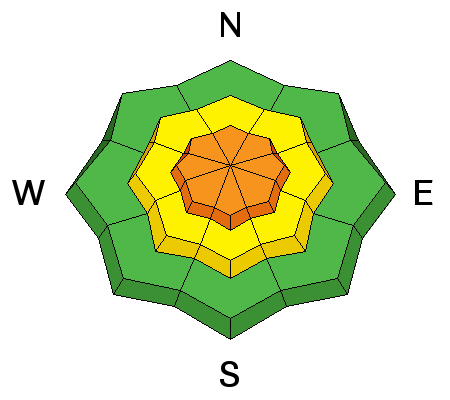Avalanche Warning
THE FOREST SERVICE UTAH AVALANCHE CENTER IN SALT LAKE CITY HAS ISSUED A BACKCOUNTRY AVALANCHE WARNING.
* TIMING…IN EFFECT FROM 6 AM MST THIS MORNING TO 6 AM MST THURSDAY
* AFFECTED AREA…FOR THE MOUNTAINS OF NORTHERN UTAH INCLUDING THE WASATCH RANGE...PROVO AREA MOUNTAINS...BEAR RIVER RANGE...WESTERN UINTA MOUNTAINS...
* AVALANCHE DANGER…THE AVALANCHE DANGER IS HIGH.
* IMPACTS…HEAVY SNOW HAS OVERLOADED THE PREEXISTING WEAK SNOW PACK. THE AVALANCHE DANGER IS HIGH AND BOTH HUMAN TRIGGERED AND NATURAL AVALANCHES ARE LIKELY. TRAVEL IN AVALANCHE TERRAIN IS NOT RECOMMENDED. AVALANCHES CAN BE TRIGGERED FROM A DISTANCE AND FROM BELOW. STAY OFF OF AND OUT FROM UNDER SLOPES STEEPER THAN 30 DEGREES.
BACKCOUNTRY TRAVELERS SHOULD CONSULT WWW.UTAHAVALANCHECENTER.ORG OR CALL 1-888-999-4019 FOR MORE DETAILED INFORMATION.
THIS WARNING DOES NOT APPLY TO SKI AREAS WHERE AVALANCHE HAZARD REDUCTION MEASURES ARE PERFORMED.
The cold front is just hitting the Ogden area mountains as I type this…but ahead of the cooler air, it was another warm, soggy night, with light rain and snow falling, and the rain/snow line still hovering around 7,500 to 7,800. Temperatures have been in the low to upper 30s at the lower and mid elevations, cooling into the 20s at the upper elevations. Winds are still from the southwest, and were quiet overnight, but are ramping up with the frontal passage, with speeds of 50, gusting in the 60s on Mt. Ogden. Speeds should increase at the mid elevations, too.
Another 3 to 5” of dense snow fell overnight at the upper elevations, with more rain at the lower elevations. Storm totals in the Ogden area mountains are now about 6", with an inch of water. Ben Lomond Peak snotel is the exception, going for trophy amounts of over 3.5" of water.
In the Ogden area mountains, resorts reported both skier and explosive triggered slides, with the mid elevations included in the avalanche activity. Wet loose sluffs at the lower elevations. Two days ago, there were large remote avalanches triggered in the Ogden area mountains.
Similar slides in the Salt Lake area mountains show what can happen anywhere in the northern Utah mountains - Yesterday, a party on the ridgeline above Meadow Chutes, Silver Fork, remotely triggered a long running slide – about a foot deep, 100’ wide, that ran over 1000’ vertical; avalanche reduction work at the resorts triggered new snow slides with ski cuts, up to a foot deep and large enough to bury a person.
Meadow Chutes avalanche photos - Nathan Chaszeyka
